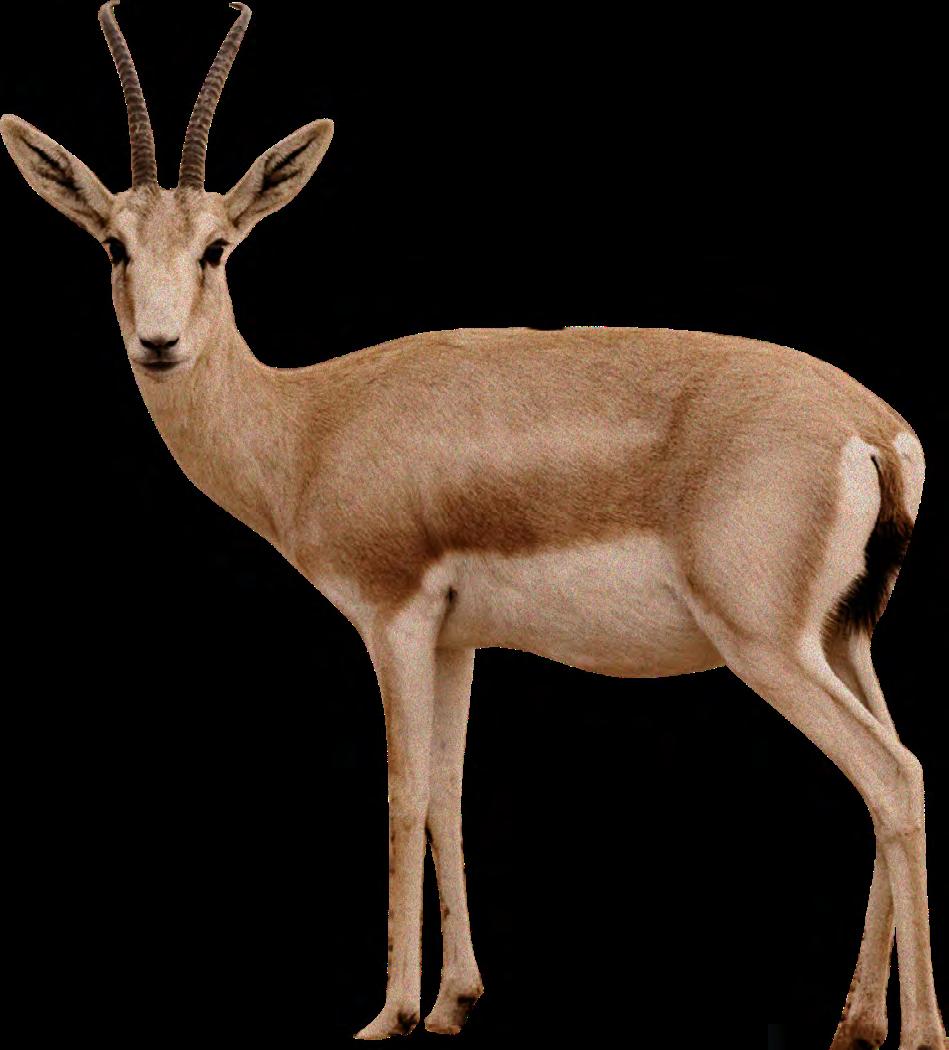Gazelles in



With great anticipation and bated breath, the gazelles bred in Ezba are released into the wild, where they will once again roam freely across the vast landscapes that have long been their domain. This carefully orchestrated process takes into account factors such as habitat suitability, ecological considerations and the presence of natural predators to ensure the gazelles’ successful reintegration into their native ecosystems. As they take their first tentative steps beyond the sanctuary’s borders, a mixture of excitement and apprehension fills the air, knowing that this pivotal moment holds the promise of a brighter future for these magnificent creatures.
The release of these rewilded gazelles serves as a testament to the power of conservation efforts and the indomitable spirit of nature. As they adapt to their newfound independence, their presence in the wild becomes a vital link in the intricate web of life, supporting biodiversity and contributing to the overall health and resilience of the ecosystem. With each generation, the gazelles’ descendants will carry forward the legacy of Ezba, a testament to the unwavering dedication of those who strive to safeguard the wonders of the natural world and ensure that future generations can witness the grace and beauty of gazelles thriving in their natural habitat.
Mountain gazelle
Scientific name: Gazelle Marica

Arabian name: Dumani

Arabic name “Dumani” means big or beautiful eyes and then distinctive white markings around the eyes just proves the name, marks are natural enhancements to the eyes. In very hot summers and very cold winters, the Mountain Gazelle give less birth as it causes to much stress on the body. An addition to the Ezba, we aim to conserve their species with a release program together with the environmental agency.
Indigenous: Middle East
Dietary: Herbivore
Habitat: Low altitude mountains, steep terrain and rocky areas
Breeding period: November to January
Gender differentiation: Male longer, thick and curved horns that are ridged. Female’s horns not rigid
Horns: Male (22-30cm), Female (5-11cm)
Territory: Males are solitary and territorial
Life span: In the wild up to 8 years and 12 -15 years in captivity
Status: Vulnerable
Sand gazelle
Scientific name: Gazelle Marica

Arabian name: Al Ghazal / Al Reem
Sand gazelles are indigenous to the UAE, the environmental agency helped select the first females for the Ezba. It’s ability to survive long drought periods and handle extreme heat makes it a superb survivor in the desert and will be capable of breeding and release program.
Indigenous: Arabic Peninsula
Dietary: Herbivore
Habitat: Desert and sub-desert

Breeding period: September - January
Gender differentiation: Male longer, thick and curved horns that are ridged. Female’s horns are thin
Gestation period: 6 months
